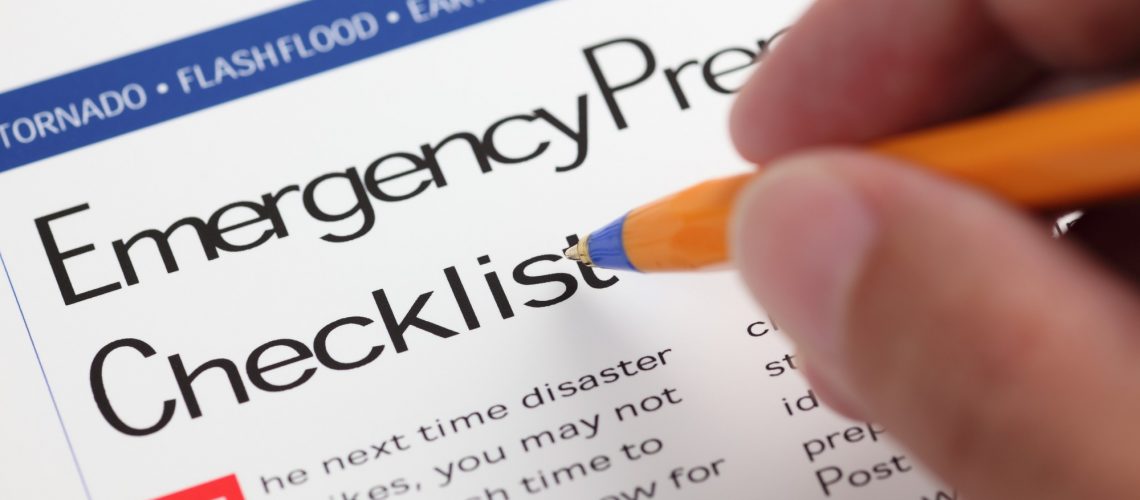If you live in an area prone to natural disasters, it is important to have an emergency go bag in your home or car. That way, if disaster strikes, your emergency supplies will be at hand if you need them.
Ideally, your emergency survival kit should contain enough supplies for you and your family to survive up to 72 hours, or 3 days.
Aside from food and water, what do you pack in a disaster emergency kit? Here are our top 5 items to consider when creating a DIY emergency kit:
1. Lighting that will work in an Emergency
One of the first things that you will need is a source of light. Many times during natural disasters the supply of electricity is lost. An LED flashlight or lantern is your best choice for emergency lighting. LED flashlights and lanterns use less energy than other battery operated flashlights. This means they are more likely to stay charged whilst being stored and during the course of the disaster or emergency.
It is important to remember to test any LED flashlight or lantern that you have stored in your emergency preparedness kit on a regular basis. We recommend testing your flashlights every three months, if not sooner. Testing your emergency kit items at the beginning of each season is a great way to remember.
2. Multipurpose Tools
Another essential piece of equipment is a multi-purpose tool that has knife blades, pliers, screwdrivers, and even saw blades and can openers in it. Be sure to store your multi-purpose tool with your LED lantern or LED flashlights so that you can find it quickly once you’ve located your light source.
You’d be amazed at how useful a multi-purpose tool can be after an earthquake, natural disaster or emergency. You may even find uses for it that you’ve never considered.
3. Emergency First Aid Kit
A fully-stocked first aid kit is essential to have in your home survival kit. This is one area where we don’t recommend you scrimp on the quality of items. Thin safety pins may bend, bandages stretch and some trauma scissors can be compared to a kindergarten classroom. For sterile items or medicines, look for long manufacturer use by dates. Buy quality first aid items or kits that will work well if disaster strikes.
Make sure you also have common items such as blankets, toilet paper, sanitary items and hand sanitizer with your first aid kit.
4. Emergency Money
It is useful to store cash money or traveler’s checks in your disaster survival kit. If you need to travel out of the area EFTPOS facilities may be down and banks and ATM’s closed. You should also have a safe with copies of any important documents stored inside.
5. Clean Clothes for Every Season
As your disaster go bag is designed to grab and leave, it is important to have packed a change of clothes inside. Consider items that will keep you warm without being bulky, for ease of storage and transportation if required.
Clothes that can be easily layered is a great option. Remember that power supplies may be unavailable, so if you’re in an area that can get cold overnight, it’s important to be able to layer clothes to help keep warm.
Tips on Storing Food and Drinking Water
Non perishable food, such as canned and dehydrated foods suitable for storage is essential for emergency go bag. Make sure you look for long use by dates.
When you’re doing your quarterly battery check of your flashlight, also check the expiry dates on food and bottled water. Swap out items that are nearing their use by date. This will prevent you or your family members getting sick due to expired food or stale water.


